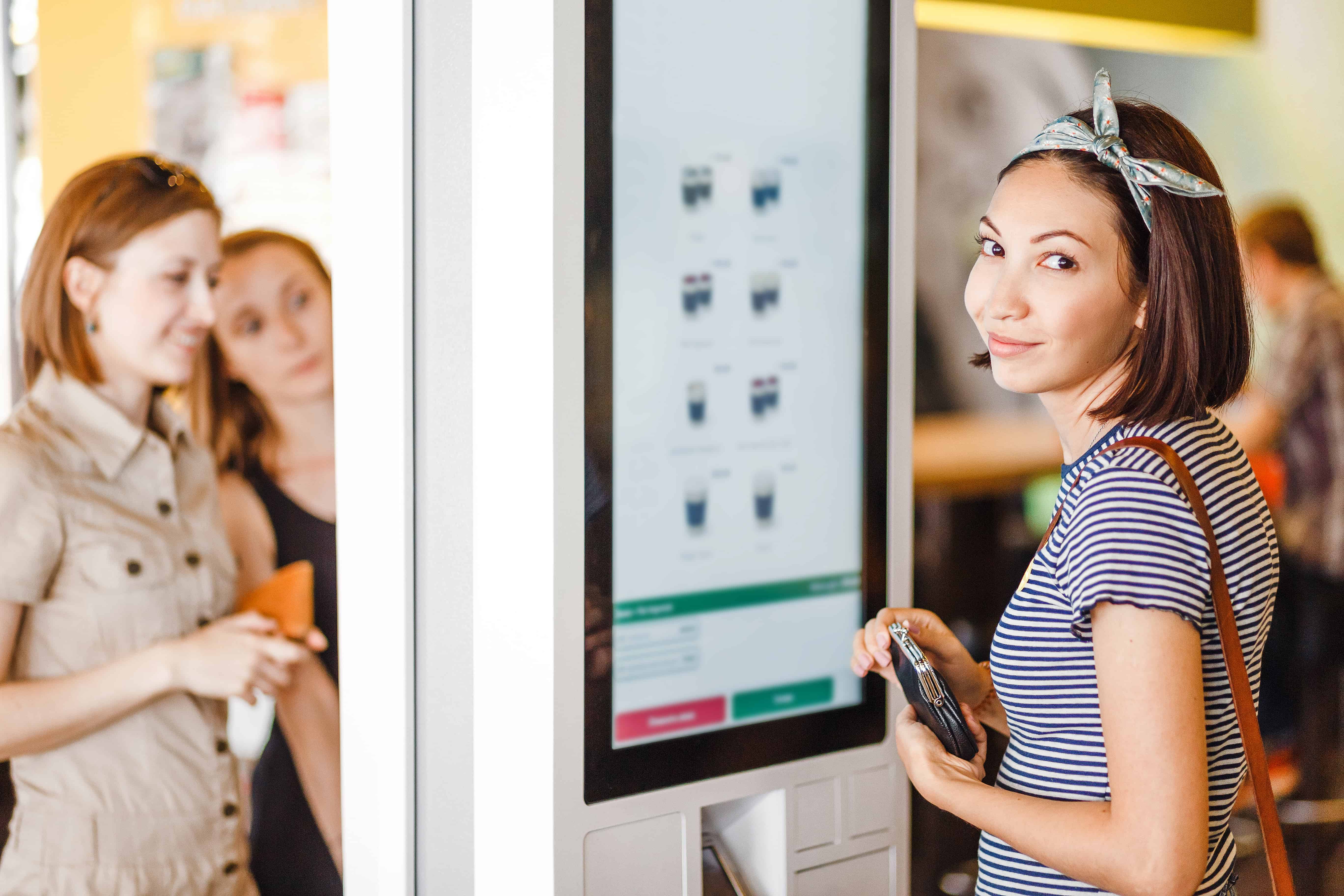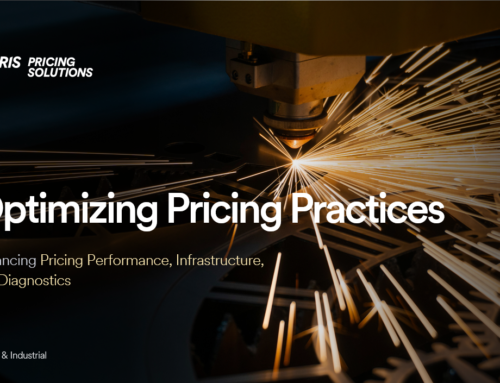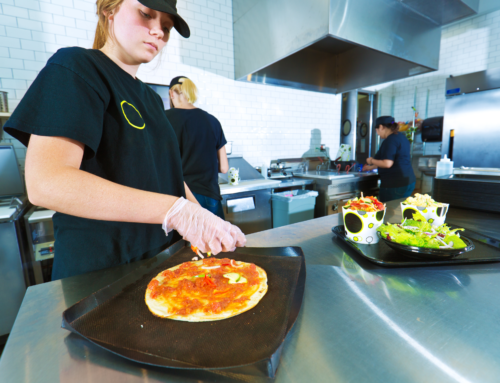We often hear from our restaurant clients that their main pricing challenge is not with taking a menu price increase as much as it is with doing it while not reducing guest count at the same time. Driving margin and maintaining (or growing) guest count are often seen as incompatible. As a result, restaurant business operators often end up either taking too much price and losing significant guest count or leaving significant money on the table while trying to protect guest count. There must be a better way!
Indeed, there is a better way where one doesn’t have to compromise margin and guest count. After successfully completing hundreds of projects for QSR chains, we noticed that the majority of pricing challenges can be resolved by following these best practices.
4 Best Practices for Optimizing Restaurant Menu Prices
-
Start by measuring item price elasticity and use it to set your initial targets
Most restaurant operators treat all menu items the same and typically apply the same percentage across the (menu) board. Breaking news: it doesn’t work! Some menu items are very sensitive to a price change, while some are not sensitive at all. Taking a blanket price increase across the board is the best way to hurt sales of the former while underpricing the latter. That is why the best way to start increasing restaurant menu prices is to measure price sensitivity at the item level by leveraging POS data (historical sales and price changes) through advanced analytics. The result is very targeted, surgical, price increases that have apositive impact on sales.
Example: for one of our Fast-Casual clients, the Pricing Solutions team found two clear groups of main items with high and low-price elasticity, respectively. We recommended a price increase focused on the low-elasticity ones, which drove an extra 2% in revenue compared to the alternative scenario of the same price increase spread across the menu. The extra revenue mostly came from a drastic reduction in traffic loss. Learn more about this project.
-
Take cross-effects into account
Here is another pain point for most QSR operators: failing to realize that menu items are “linked” to each other, not consumed in a vacuum. There are typically two types of linkages between any two items: they can be substituted for each other (think ‘Burger A’ and ‘Burger B’) or they can complement each other (think ‘Burger’ and ‘Fries’). Again, historical sales data are a gold mine from this standpoint and can allow quantifying very accurately such item cross-effects.
Example: For one of our Fast-Casual clients, our analysis clearly showed that guests preferred only certain sides with their mains. Our team used that finding to help them redefine their offer and come up with the optimal “combos” to be used as promotional items. It drove traffic (and customer loyalty, as measured by repeat visits) significantly. Read the full case study
-
Measure guest price expectations
One may think that leveraging POS data through sophisticated analytical software is enough to optimize pricing strategy. However, it is often not the case. While historical sales are a great starting point of leveraging analytics for pricing, they can also fail to measure other aspects of the consumer’s decision, especially their willingness to pay.
This is where market research comes into play and proves to be an excellent complement to pricing analytics. With a few very simple questions around the perception of what a fair or a high price is, restaurant operators can get a good sense of pricing thresholds that define what consumers are willing to pay. When pricing strategy is balanced, research and analytics are usually aligned, but we have seen numerous cases where the analytics alone would have led to a price increase beyond what the consumers were willing to pay.
Example: A Fast-Casual client was about to take their flagship item over $7.99. The POS data revealed low price elasticity and strong customer loyalty to the brand and the menu item. However, consumer research contradicted the POS data showing a 30% loss in volume if price was increased. The consumer research was later confirmed by a small in-market test that the client conducted. As a result, the decision was made to not increase the price of the flagship item and instead take price on others.
-
Keep abreast of the market
Finally, before establishing restaurant menu price increases, it is critical to examine the competitive landscape to ensure that new pricing is aligned with the rest of the market. To do so, we recommend taking two approaches: both a high-level and granular analysis. With the high-level approach, one needs to ensure that the new menu pricing is in line with the Food Away From Home (FAFH) index developed by the United States Department of Agriculture. It measures the average change over time in retail pricing for all consumer foods. The data is publicly available on the Department’s website.
The granular approach involves collecting data on two-three main competitors and tracking their menu pricing by geographical areas (if not by store!) This used to be a tedious and expensive process that required visiting competitors’ locations and manually noting down their prices. Nowadays, competitive research is fairly easy to execute and even automate on a larger scale by scraping the websites of direct competitors and/or the third-party delivery platform they are on.
Example: one of our QSR clients wanted to increase the price of their fries, based on the low price-elasticity of the item. Pricing Solutions’ analysis of competition showed that our client was already significantly over-priced (probably why the elasticity was low) and an additional price increase would have a dramatic effect on the bottom line. Our client ended up holding the price and instead focused on redesigning their offer in the category, which generated additional revenue and guest count.
Stay Vigilant
Fierce competition in the restaurant and QSR industry requires companies to always stay vigilant with their pricing in order to maintain steady growth in sales and foot traffic. At Pricing Solutions, we implement the outlined best practices with all our restaurant clients and the results have been very consistent in terms of driving bottom-line results while preserving guest count.
If you think you may benefit from pricing advice, please do not hesitate to contact our restaurant team.




